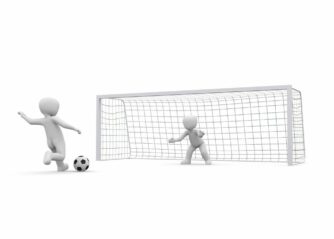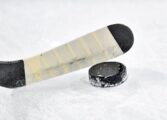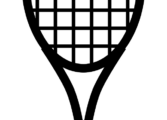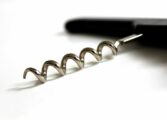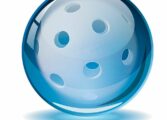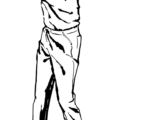Padel Grip: A Comprehensive Guide to Enhancing Your Performance
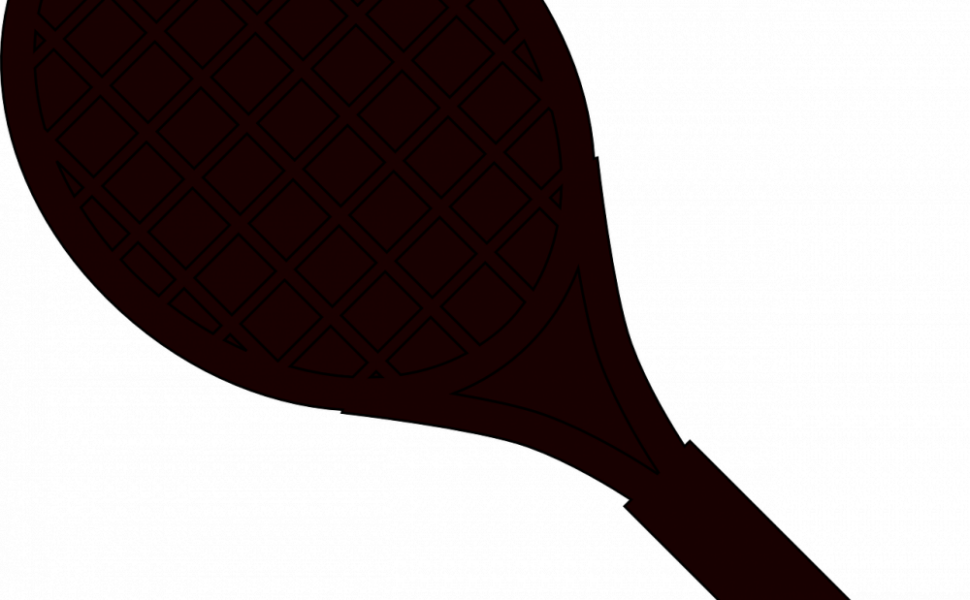
Introduction:
When it comes to playing padel, one of the most crucial factors that can significantly impact your performance is the type of grip you use. A proper padel grip not only provides comfort but also improves control and maneuverability of the paddle. In this article, we will delve into the world of padel grips, exploring what they are, the various types available, popular choices, quantitative measurements, differences between grips, and a historical overview of their pros and cons.
Understanding Padel Grip
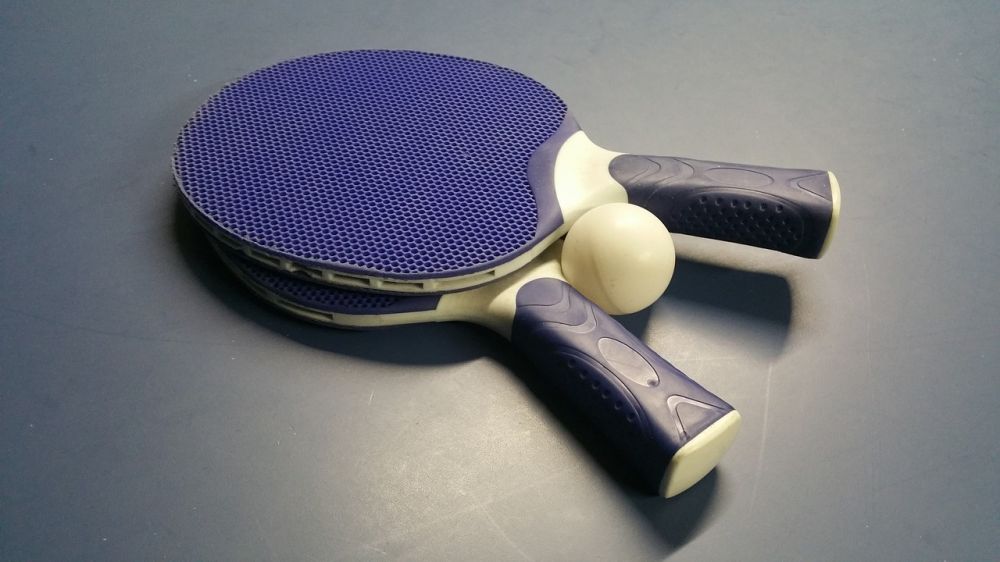
Padel grip refers to the material that covers the handle of your paddle. It is responsible for providing a secure and comfortable hold while allowing flexibility in movement. Grips come in various forms, each designed to suit different playing styles and preferences. Let’s explore the different types available:
1. Overgrips:
Overgrips are the most common type of padel grip used by players. These grips are made of a thin, tacky material that is wrapped around the handle of the paddle. They provide excellent sweat absorption, ensuring a firm grip even in humid conditions. Overgrips come in different colors and textures, allowing players to personalize both their style and performance.
2. Replacement Grips:
Replacement grips, also known as base or cushioned grips, are thicker and more durable compared to overgrips. They are usually made of synthetic materials such as polyurethane or leather. These grips offer enhanced shock absorption, reducing the impact on the player’s hands during powerful shots. Replacement grips also provide a more permanent solution for those who prefer a thicker handle.
3. Hybrid Grips:
Hybrid grips combine the advantages of both overgrips and replacement grips. These grips feature a layer of cushioned material underneath the overgrip, providing a comfortable feel while maintaining the benefits of a thinner handle. Hybrid grips are becoming increasingly popular among players who seek the best of both worlds.
Quantitative Measurements for Padel Grip
Measuring the performance of padel grips is crucial in determining their effectiveness. Two key aspects to consider are:
1. Tackiness:
Tackiness refers to the grip’s ability to maintain a secure hold on the paddle. It is usually measured using a grip’s coefficient of friction. The higher the coefficient of friction, the stickier the grip is, ensuring better control over the paddle.
2. Absorption:
Another important measurement is the grip’s ability to absorb sweat. Grips with high sweat absorption capabilities help prevent slippage, allowing players to maintain a firm hold on the paddle even during intense rallies.
Differences Between Padel Grips
The choice of padel grip can greatly impact a player’s performance and playing style. Understanding the differences between grips helps players make an informed decision. Here are some key factors to consider:
1. Thickness:
Different grips offer varying thickness levels, ranging from thin overgrips to thicker replacement and hybrid grips. Thicker grips provide better shock absorption and stability but may sacrifice maneuverability.
2. Tackiness:
Grips differ in their tackiness levels, which affects how well players can grip the paddle. Some players prefer a stickier grip for enhanced control, while others may opt for a less tacky grip for more freedom during shots.
3. Durability:
Grips vary in terms of durability, with replacement grips typically lasting longer than overgrips. Consider how often you play and your playing intensity to choose a grip that can withstand your playing habits.
Video: [INSERT VIDEO HERE – Demonstrating different types of padel grips and their pros and cons]
A Historical Overview of Padel Grips
Over the years, padel grips have evolved, offering players improved performance and comfort. Let’s take a brief look at the historical pros and cons of different grips:
1. Traditional Leather Grips:
In the early days of padel, leather grips were commonly used. They provided an excellent grip but lacked sweat absorption, making them slippery during intense rallies.
2. Synthetic Grips:
With advancements in technology, synthetic grips were introduced. These grips offered better sweat absorption and durability compared to their leather counterparts. However, they were thicker and sometimes affected players’ feel and touch.
3. Introduction of Overgrips:
Overgrips revolutionized the market by providing a temporary grip enhancement solution. These grips quickly gained popularity due to their sweat absorption capabilities and ability to customize the handle’s thickness.
4. Hybrid Grips:
Hybrid grips entered the scene, combining the benefits of overgrips and replacement grips. They provided a more comfortable feel while ensuring better control over the paddle.
Conclusion:
Choosing the right padel grip is crucial for optimizing your playing experience. Whether you prefer a tackier grip for increased control or a thinner grip for maneuverability, understanding the different types and their pros and cons is essential. Consider factors such as thickness, tackiness, and durability before making your decision. With the right padel grip, you can enhance your performance and enjoy the game to its fullest.


